Why Do You Need Metal Ducting?
To prevent mould, fresh air should constantly be introduced into your dwelling daily, as it helps to regulate temperature and reduce condensation. But what about the ductwork itself? Why do you need metal ducting?
In this blog, we will provide an answer as well as key guidance in understanding ductwork. It is vital to be aware of your ducting system, the needs and use of your building directly contribute to the type of ducting you need between plastic and metal.
If left unattended, mould can create serious health issues, and if ductwork grows mould, it can defeat the purpose of ventilation as well as jeopardise the health of the occupants of the building.
I-Sells is here to provide the answers you need whilst also supplying you with all the information you need to combat mould and have a well-ventilated home.
Why do we need ducting?
The ducting system is a series of interconnected hollow tubes dedicated to the movement of air, ducting pipes can come in different sizes and in different shapes, each of which has its benefit.
Ducting is used to facilitate the process of ventilation, ducting systems may vary, but generally are made from plastic or metal & made into the piping which intakes air from the room it is in & expels it outside.
The main purpose of ventilation is to introduce outdoor air into a dwelling, building or room being evenly distributed. Its general purpose is to allow “healthy” air for breathing & diluting pollutants that may be present in the dwelling, building etc.
Ducting can be used to facilitate ventilation in homes, offices, industrial settings and much more, sometimes ducting is used to regulate temperature, and also transports harmful chemicals that shouldn’t be inhaled.
What is the lifespan of ductwork?
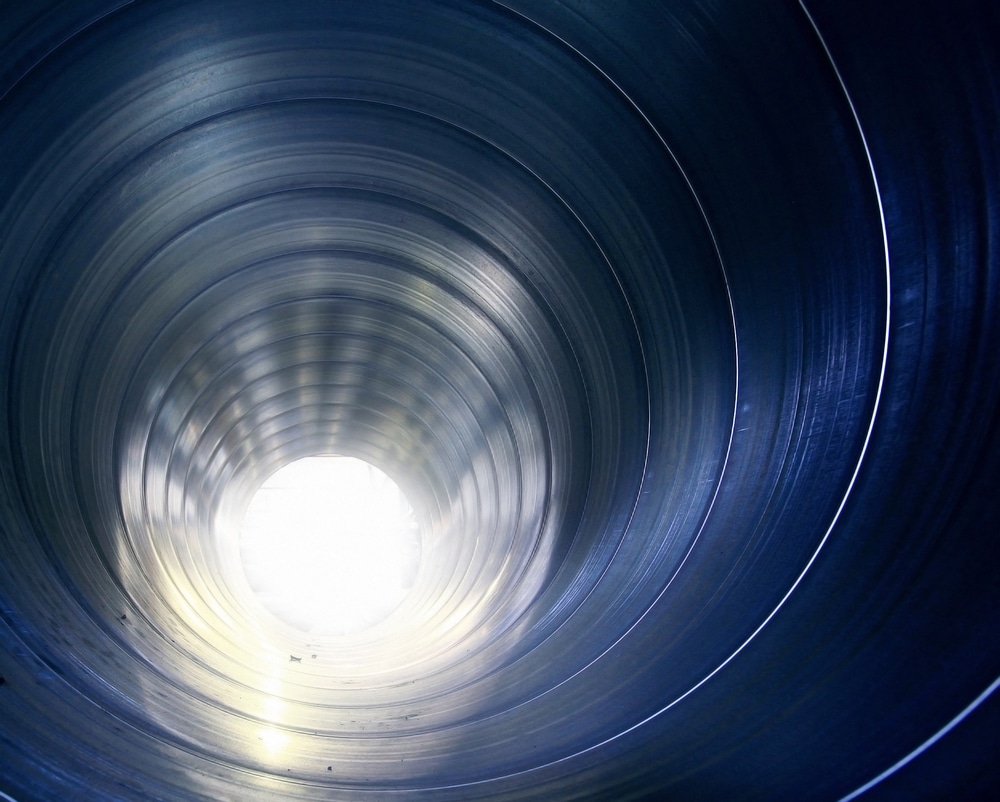
Ducting generally has a maximum lifespan of 20-25 years, if it is well-maintained, regularly checked and insulated. Regardless, metal ducting degrades over time, this is due to the expansion and contraction of metal in response to local relative temperature, which fluctuates seasonally.
When moving into a new home or building, you should enquire about the age of the current ducting system to know if it needs replacing or upgrading to a modern HVAC system.
How to make ducting last longer
Making your ducting last longer is simple, but requires your attention and time. Here are some actions you can do to ensure your ducting lasts.
- Insulate your ducting.
- Repair any leaks before installing your ducting.
- Keep your ducting as short & with as few changes in direction as possible.
- If using flex ducting, ensure it is fully extended before installing, as air can get trapped in the spiral areas that are not extended, which causes dust to build up over time.
Why do you need metal ductwork?
Metal ducting is ideal for ventilation systems that are set up in hotter environments, an example being a cooker hood. Metal ducting is also a popular choice for spaces and environments with air rich in certain compounds that could be hazardous or damaging to standard choices.
HVAC experts and engineers typically choose to rely on stainless steel for aggressive environments, where corrosion is highly likely, usually in industrial settings.
We provide round ductwork fittings and accessories in a large range of diameters to suit all purposes including HVAC systems and extractor fans. Our metal ductwork is manufactured from high-quality galvanised Aluminium.
The benefits of metal ducting are as follows:
- It can be used in rooms that have appliances that emit a lot of heat
- High-quality galvanised aluminium ensures long-lasting function
- Ideal for industrial environments
- Can be insulated.
Where can I buy metal ducting?
Alongside being a provider of mould solutions such as extractor fans and PIV systems, I-Sells also provide ducting for those looking to buy and install their ducting themselves.
We provide round ductwork fittings and accessories in a large range of diameters to suit all purposes including HVAC systems and extractor fans. Our metal ductwork is manufactured from high-quality galvanised Aluminium.
Are metal ducts better than plastic?
Metal ducting is better than plastic in certain situations. Some pros and cons can make metal ducts better.
Metal ducts are generally suited to industrial environments in which hot air, or air may contain chemicals that need to be ventilated. Metal ducting handles these situations with little to no problem. Metal ducting can also be used in homes in areas where heat would be emitted such as a cooker hood.
When should you replace metal ductwork?
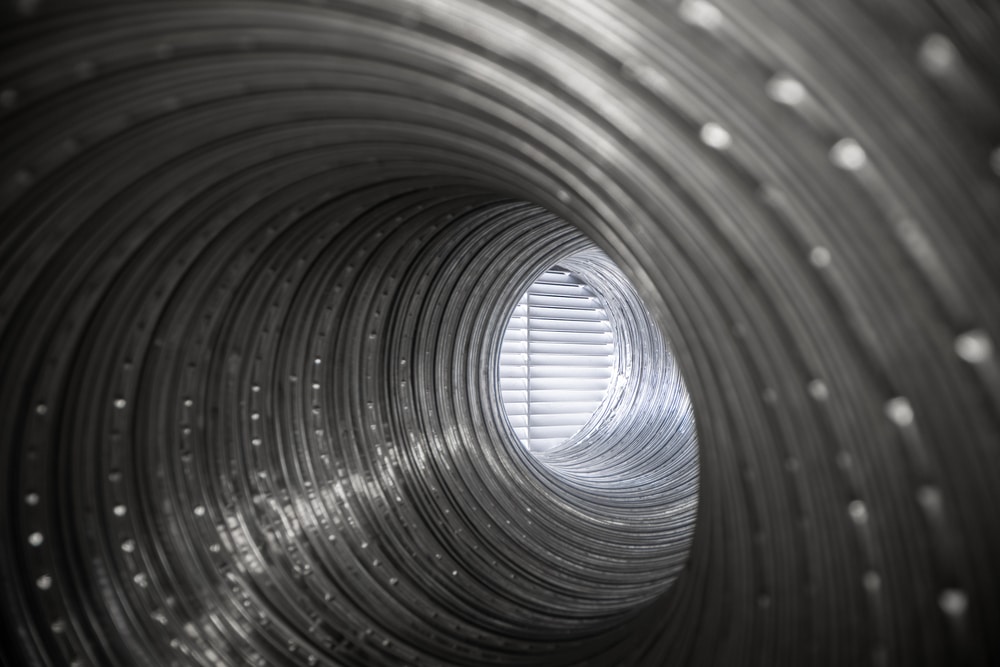
When moving into a new home, office or building that already has metal ductwork, it can still be used if there are no reported problems. However, we suggest you contact a trusted HVAC technician to conduct an assessment to see if you need to replace the old metal ductwork.
What are the signs for replacing old metal ductwork?
Here are some key factors that would determine your ductwork being replaced without the intervention of an HVAC technician to check themselves.
- Significant rust on the ductwork
- A reduced input/output (this can indicate a large amount of dust inside the ducting)
- Broken areas that allow air to escape, whether this is on the ducting pipe or the connecting joints
- Condensation on the ductwork
- If the ducting hasn’t been checked or worked on in years
- Mould in areas neighbouring the ducting (could be an indication to mould being within the ductwork.)
How does condensation affect ducting?
The naturally hot and dry climate within a duct naturally makes it difficult for mould to thrive. But if a duct becomes unsealed, or there is a dramatic change in the duct’s environment that causes humidity, mould can grow within it.
What happens to a duct if it grows mould?
If ducting has mould growing within it, it can present a dangerous health hazard as the spores can spread amongst the whole ventilation system and the dwelling it operates in. As a result, you may have to completely replace the venting system/ ductwork depending on the severity.
Preventing condensation in ductwork
You can stop condensation on metal ductwork most of the time, however, the only exception to this would be instances of dramatic temperature fluctuations that occur due to freak weather occurrences, a lack of electricity to power the ventilation system or a combination of both.
These occasions are extremely rare. But here are some things you can keep track of, to ensure your ducting does not develop condensation.
- Check your ducting for any leakage, is there holes? Are they sealed?
- Apply ducting insulation
- Use ducting tape on secure connections to further ensure their efficiency
- Check your ducting for rust, and/or condensation on the outside of the ductwork
Generally, the likelihood of metal ductwork growing mould is very low. However, this can happen if certain circumstances are met. A clean, sealed duct will present an environment where mould can’t grow, this changes with the introduction of dust & humidity.
Where to buy metal ducting
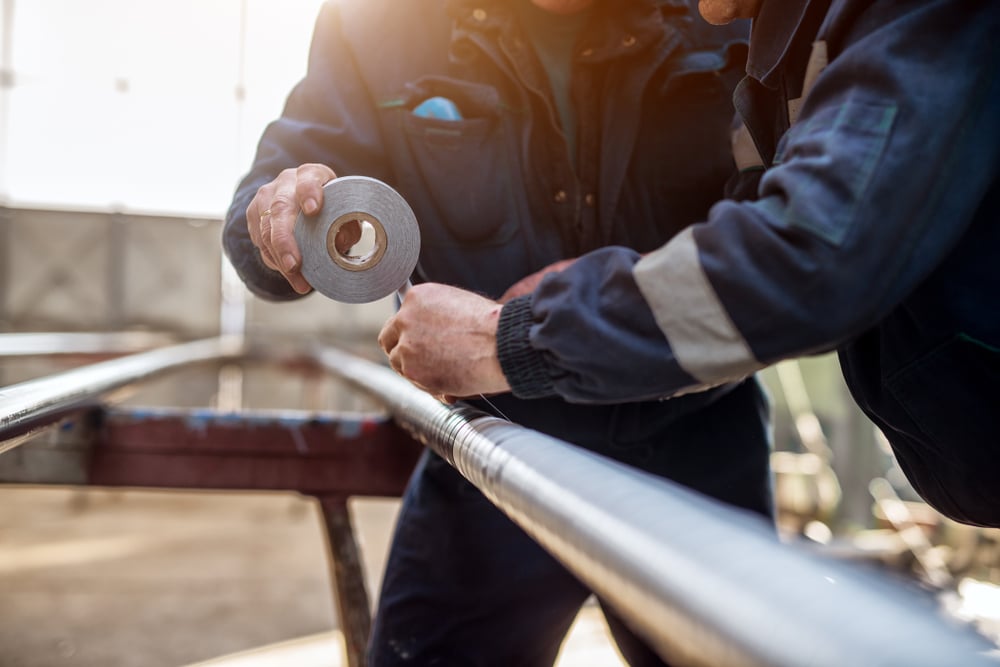
We at I-Sells endeavour to ensure our customers have all the information they need before investing in our mould solutions. Be sure to visit our blog page to gain knowledge on the wide array of factors and issues surrounding ventilation, mould, condensation, and much more.
We hope to have answered the question ‘Why do you need metal ducting?’
We understand you may have more questions, please do not hesitate to contact us for more information with regard to whatever you may need our help with. If you’d like to send us an email, click here. For other contact options, see below:
Call us on 020 8463 9696
Visit us at our showroom:
*OPENING TIMES*
Monday – Friday: 8:00 am to 5:30 pm
Saturday: 9:00 am to 12:00 pm
Sunday: Closed
15 St John’s Parade
Sidcup, Kent
DA14 6ES
United Kingdom



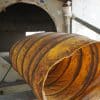
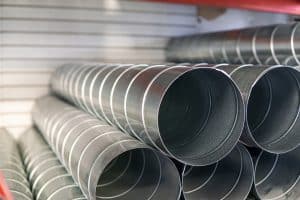
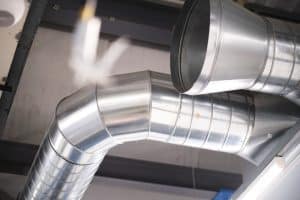

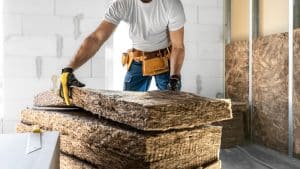
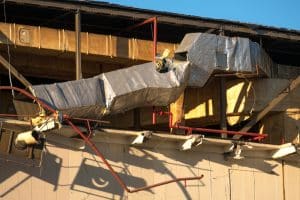


















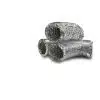

Add comment
You must be logged in to post a comment.